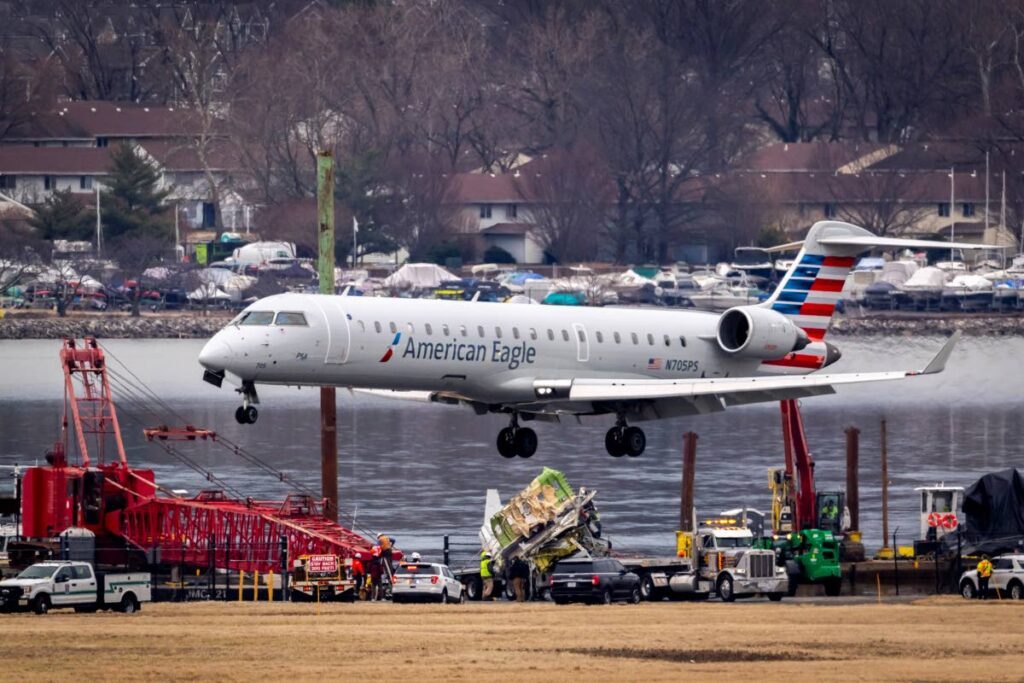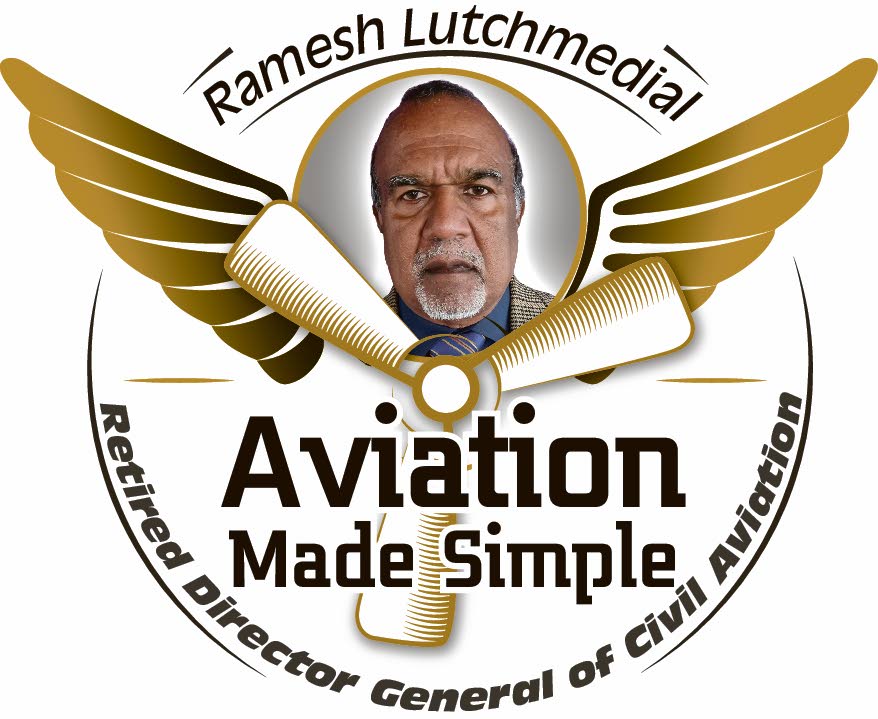Human factors and aviation errors

Recent aircraft accidents and incidents for 2025 so far bring into question the matter of human factors relating to the performance of key actors in the air transport system.
On January 29, a mid-air collision in Washington, DC, between an American Airlines CRJ 700 and a military Sikorsky Black Hawk helicopter killed 67 people.
On January 31, a Learjet 55 operated by Jet Rescue Air Ambulance crashed in northeast Philadelphia, killing seven people and injuring several on the ground.
On February 2, a United Airlines Airbus A319 aircraft on a flight from Houston to La Guardia new York aborted its takeoff due to a fire on one of the engines. All passengers and crew disembarked safely.
On February 5, during taxi at Seattle-Tacoma International Airport, the right wing of Japan Airlines Boeing 787 clipped the tail of a parked Delta Airlines Boeing 737. There were no injuries to passengers or crew.
On February 6, a Cessna Caravan crashed near Nome, Alaska killing all ten people on board.
On February 10, a Learjet 35A aircraft arriving from Austin, Texas, veered off the runway due to a failed left main gear and crashed into a parked Gulfstream G200 jet at Scottsdale Airport, Arizona. One person died and three others were injured.
In TT, there were two incidents involving Caribbean Airlines Ltd (CAL) ATR 72 aircraft. On January 22, on arrival at ANR Robinson International Airport from Adams International Airport, Barbados, one of the ATR 72's nose wheels was discovered missing.
On January 27, a CAL ATR 72 aircraft on a flight from ANR Robinson International Airport experienced a flameout of one of its two engines during the final approach into Piarco International Airport.
All of these accidents and incidents are under active investigation by the relevant authorities to determine the most probable causes and to make recommendations to prevent occurrences of a similar nature.
The investigations will also focus on human factors, which ensures human characteristics are taken into account by applying psychological and physiological principles to the engineering and design of aeronautical products, processes, and systems.
According to the FAA, the term "human factors" has grown increasingly popular as the commercial aviation industry realise that human error, rather than mechanical failure, underlies most aviation accidents and incidents.
The three main categories of hazards in the aviation safety chain are man, machine and the environment.

Man is the most serious hazard, as human beings are fallible and are subjected to stressors that can result in degraded performances.
The machine is subject to mechanical failure.
The environment consists of the natural environment, such as weather and terrain, and the man-made environment, such as runways, navigational aids and lighting systems.
Accidents and incidents are caused when two or more hazards combine to create a chain of events that leads to unsafe conditions.
The air transport system is supported by thousands of people who work in aircraft manufacturing, airline operations, maintenance organisations, aerodromes, air navigation services and regulatory authorities.
The primary goals of human-factors engineering are to reduce human errors, increase productivity and system availability, and enhance safety, health and comfort, with a specific focus on the interaction between the human and machines.
The field is a combination of numerous disciplines, such as psychology, sociology, engineering, biomechanics, industrial design, physiology, anthropometry, interaction design, visual design, user experience and user-interface design.
Before World War I, the focus of aviation psychology was on the aviator himself, but the war shifted the focus onto the aircraft, in particular the design of controls and displays, and the effects of altitude and environmental factors on the pilot. The war saw the emergence of aeromedical research and the need for testing and measurement methods.
By the end of World War I, two aeronautical labs had been established, one at Brooks Air Force Base, Texas, and the other at Wright-Patterson Air Force Base outside Dayton, Ohio. Many tests were done to determine which characteristics differentiated the successful pilots from the unsuccessful ones.
During the early 1930s, Edwin Link developed the first flight simulator to assess pilots. Since then, more sophisticated simulators and test equipment have been developed.
World War II marked the development of new and complex machines and weaponry, and these made new demands on operators' cognition. The design of aircraft and equipment had to take into account human limitations and human capabilities. The decision-making, attention, situational awareness and hand-eye co-ordination of the machine's operator became key to the success or failure of a task.
A lot of this research continued from where the aeromedical research between the wars had left off. In 1947, experimental psychologists Paul Fitts and Richard Jones analysed accounts of 460 errors made in operating aircraft controls, through interviews and written reports. They noted that: “It has been customary to assume that prevention of accidents due to materiel failure or poor maintenance is the responsibility of engineering personnel and that accidents due to errors of pilots or supervisory personnel are the responsibility of those in charge of selection, training, and operations.”
Fitts and Jones took a different slant altogether. The basis for their study was the hypothesis that “a great many accidents result directly from the manner in which equipment is designed and where it is placed in the cockpit.” What had been called "pilot error" was actually a mismatch between characteristics of the designed world and characteristics of human beings, and between work-as-imagined and work-as-done.
It was observed that fully functional aircraft flown by the best-trained pilots still crashed. In 1943 Alphonse Chapanis, a lieutenant in the US Army, showed that this so-called "pilot error" could be greatly reduced when more logical and differentiable controls replaced confusing designs in aeroplane cockpits. After the war, the army published 19 volumes summarising what had been established from research during the war.
In the US, human-factors specialists in the FAA's Aviation Safety organisation promote safety in the national airspace by working to reduce the occurrence and impact of human error in aviation systems and improve human performance. These specialists have expertise in the design and/or evaluation of aircraft systems, maintenance, operations, procedures, pilot performance, associated FAA policy and guidance. They develop regulations, guidance and procedures that support the certification, production approval and continued airworthiness of aircraft; and certification of pilots, mechanics and others in safety-related positions.
All modern-day aircraft cockpits incorporate cockpit designs based on human factors and ergonomics. Most aircraft systems are automated, reducing pilot workload.

Comments
"Human factors and aviation errors"